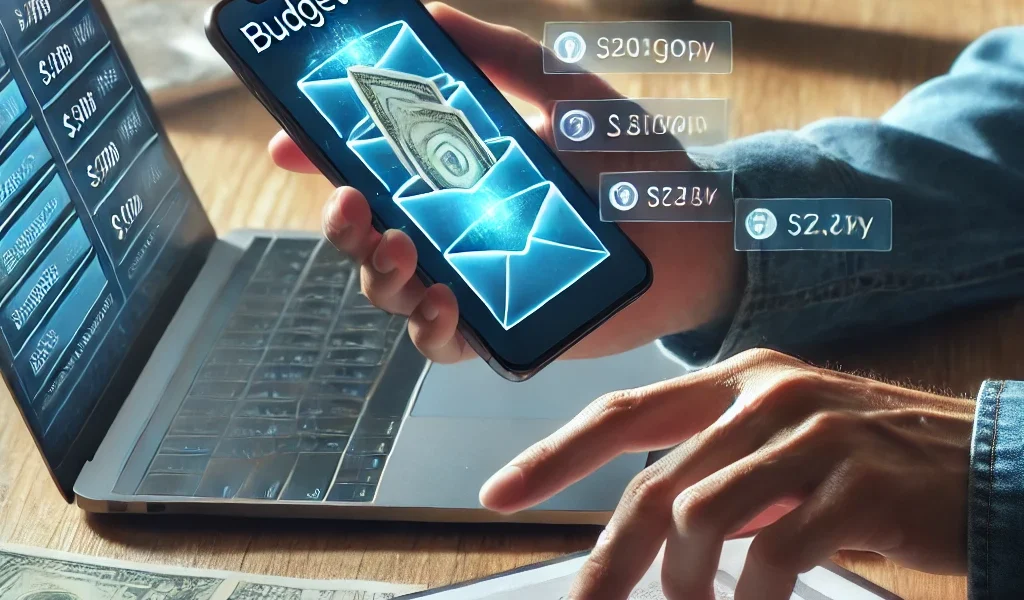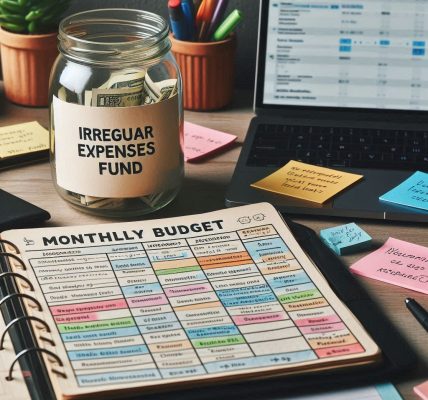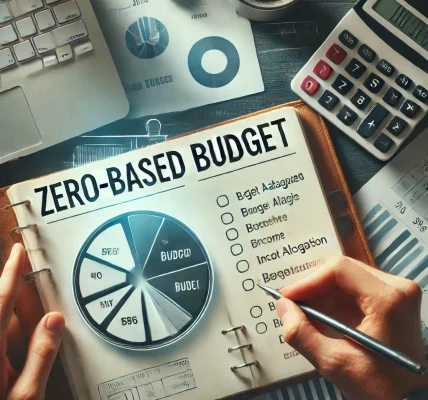Managing finances effectively is a key step toward achieving financial stability and freedom. One of the oldest and most reliable budgeting methods is the Envelope Budgeting Method, where physical cash is allocated into labeled envelopes for different expense categories. But with the rise of digital banking and online transactions, many wonder: Is envelope budgeting still relevant in the digital age?
In this comprehensive guide, we’ll explore:
- What the envelope budgeting method is
- How it works
- Pros and cons of envelope budgeting
- How to adapt envelope budgeting for digital transactions
- Practical tips for staying on track
What is the Envelope Budgeting Method?
The Envelope Budgeting Method is a traditional budgeting system where individuals allocate a specific amount of cash to different spending categories and place the money in physical envelopes. Each envelope is designated for a specific expense, such as:
- Groceries
- Rent or mortgage
- Utilities
- Entertainment
- Savings
Once an envelope is empty, no further spending is allowed in that category until the next budgeting period, promoting disciplined spending and reducing overspending.
How Does It Work?
- Determine Your Monthly Income: Calculate your total income after taxes and deductions.
- Create Spending Categories: Identify your essential and discretionary spending categories.
- Set Spending Limits: Allocate a fixed amount to each category based on your monthly income.
- Fill Envelopes with Cash: Place the allocated cash into labeled envelopes for each category.
- Track Spending: Spend only from the allocated cash in each envelope and stop once the money runs out.
Pros and Cons of Envelope Budgeting
✅ Pros
- Improved Spending Discipline: Physically handling cash makes you more aware of your spending habits and encourages restraint.
- Prevents Overspending: When the money in an envelope runs out, you’re forced to stop spending in that category.
- Promotes Financial Awareness: By categorizing your expenses, you gain a clear understanding of where your money goes.
- Debt Reduction: This method helps prioritize debt repayment by allocating funds specifically for that purpose.
❗️ Cons
- Inconvenience: Carrying and managing physical cash can be cumbersome in a digital-first world.
- Security Risks: Storing large amounts of cash at home increases the risk of theft.
- Limited Adaptability: Envelope budgeting doesn’t naturally account for online purchases and automatic payments.
Is Envelope Budgeting Still Relevant in the Digital Age?
With the increasing use of credit cards, digital wallets, and online banking, the idea of carrying physical cash for budgeting purposes may seem outdated. However, the core principles of envelope budgeting remain highly relevant today. The good news is that envelope budgeting can be adapted for the digital world.
How to Adapt Envelope Budgeting for Digital Transactions
1. Use Digital Envelopes with Budgeting Apps
Modern budgeting apps allow you to create virtual “envelopes” to allocate funds for different categories. Popular apps include:
- GoodBudget: A digital version of envelope budgeting that syncs with your bank account.
- Mvelopes: Similar to traditional envelope budgeting but with digital tracking.
- YNAB (You Need A Budget): Uses zero-based budgeting principles to allocate funds.
2. Set Up Multiple Bank Accounts or Sub-Accounts
Many banks offer the option to open multiple checking or savings accounts, allowing you to allocate funds for different spending categories. You can label these accounts as:
- Bills Account
- Groceries Account
- Entertainment Account
- Savings Account
3. Prepaid Debit Cards or Cash Cards
Load specific amounts onto prepaid debit cards or digital cash cards for different spending categories. Once the balance is exhausted, you’ll need to wait until the next budget cycle to reload.
4. Track Spending Using Spreadsheets
For those who prefer a more hands-on approach, maintaining a spreadsheet to track digital transactions and categorize expenses can effectively mimic envelope budgeting.
Benefits of Digital Envelope Budgeting
1. Convenience and Flexibility
Digital envelope budgeting allows for quick transfers between categories and seamless tracking of transactions.
2. Improved Security
Storing money digitally reduces the risks associated with carrying or keeping physical cash.
3. Integration with Financial Tools
Many digital budgeting apps automatically categorize and track expenses, making it easier to stick to your budget.
Challenges and How to Overcome Them
1. Impulse Spending with Digital Payments
The ease of digital transactions can lead to overspending.
- Solution: Set spending limits and use alerts to track category limits.
2. Difficulty Tracking Online Purchases
Online subscriptions and auto-payments can go unnoticed.
- Solution: Review your statements regularly and update your digital envelopes accordingly.
3. Loss of Tangibility
Digital envelopes may lack the physical impact of using cash.
- Solution: Regularly review category balances to maintain awareness.
Practical Tips for Sticking to Digital Envelope Budgeting
- Set Up Automatic Transfers: Automatically allocate money to different digital envelopes or accounts.
- Monitor Category Balances Weekly: Regular reviews help you stay within your limits.
- Adjust Your Budget Periodically: Adapt to changes in income or expenses.
- Use Notifications and Alerts: Get real-time alerts for spending limits.
Tools to Simplify Digital Envelope Budgeting
1. GoodBudget
GoodBudget replicates the envelope system digitally, allowing you to assign funds to different categories and track expenses.
2. Mvelopes
Mvelopes provides real-time tracking and reporting, helping users allocate funds and monitor spending.
3. YNAB (You Need A Budget)
YNAB applies zero-based budgeting principles and ensures that every dollar is assigned a purpose.
Conclusion
While the traditional Envelope Budgeting Method may seem outdated in today’s digital world, its core principles of disciplined spending and mindful money management are timeless. By adapting the method to digital platforms, you can enjoy the same benefits while eliminating the inconvenience of handling physical cash.
Whether you choose to use digital envelopes through budgeting apps, multiple bank accounts, or spreadsheets, envelope budgeting can still help you take control of your finances and achieve your financial goals.
Start incorporating digital envelope budgeting today and bring a classic method into the modern financial landscape!




